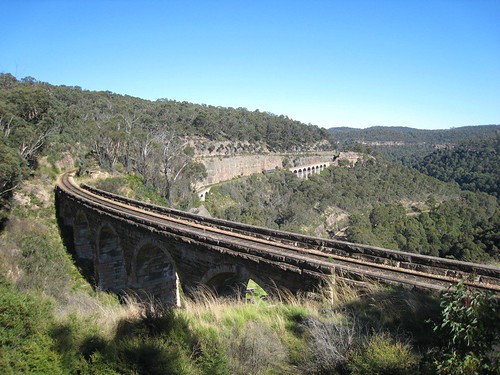Last week, in a comment on this blog, the highwayman stated, “road users only cover about 20% their costs directly and the rest of the funding comes mostly from income & property taxes.” I don’t know where he gets this information, but it is not credible.
The National Association of Railway Passengers (NARP) claims that “41% of the $133 billion spent on highways came from payments other than the gas tax, tolls, and vehicle taxes and fees.” In particular, NARP counts the proceeds of bond sales and interest on savings as money that comes from sources other than user fees. But how do the bonds get paid back? Mostly out of user fees. Where does the interest come from? Mostly from savings of unspent user fees.
What is the truth about highway subsidies? And what ought to be done about them? The Antiplanner has addressed this topic before, but (judging from the comments) it may have escaped the attention of some readers and I confess that I may not have rigorously covered this subject.









